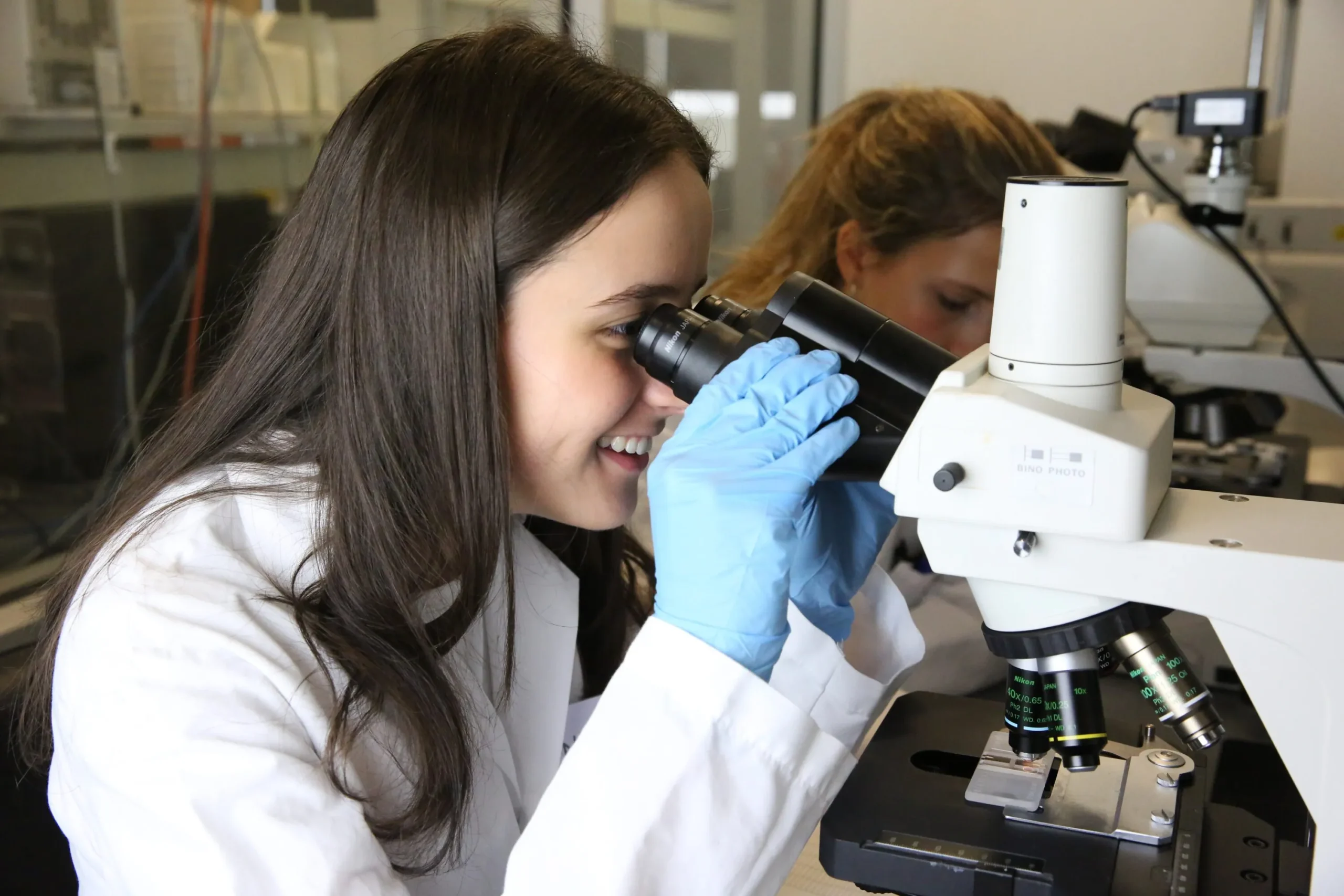Introduction
Landing a research internship is a crucial step for students and early-career scientists aiming to break into academia, biotech, or pharmaceuticals. However, competition is fierce—top programs at institutions like NIH, Max Planck, or Stanford receive thousands of applications yearly.
This guide covers:
✔ Where to find research internships
✔ How to craft a winning application
✔ Key skills labs look for
✔ Paid vs. unpaid opportunities
1. Where to Find Research Internships
A. University & Government Programs
- NIH Summer Internship Program (USA) – Paid, for undergrad/grad students
- DAAD RISE (Germany) – Funded placements in STEM fields
- EMBO Fellowships (Europe) – For molecular biology & immunology
B. Industry Internships (Biotech/Pharma)
- Genentech – Biomedical research roles
- Novartis – Drug discovery internships
- Startups – Smaller teams, more hands-on experience
C. Cold Emailing Professors
- Template:“Dear Dr. [Name],
I’m a [year] [major] student at [university] interested in your work on [specific topic]. I’d love to discuss potential internship opportunities in your lab. Attached are my CV and transcript. Thank you for your time!
Best, [Your Name]”
Pro Tip: Target labs publishing recent papers in your field.
2. Crafting a Winning Application
A. Resume/CV Tips
- Highlight technical skills (PCR, microscopy, Python/R)
- Show research experience (even class projects count!)
- Include publications/poster presentations (if any)
B. Statement of Purpose (SOP)
- Structure:
- Introduction – Why research?
- Past experience – Labs, courses, skills
- Future goals – How this internship fits your career path
- Why this lab? – Mention their recent papers
Avoid: Generic statements like “I love science.”
C. Letters of Recommendation
- Ask professors who know your lab skills (not just lecturers).
- Provide them with your SOP + resume to tailor the letter.
3. Skills That Make You Stand Out
A. Lab Techniques (Wet Lab)
- Cell culture, ELISA, Western blot, Flow cytometry
- CRISPR basics (increasingly essential)
B. Computational Skills (Dry Lab)
- Bioinformatics (NCBI, BLAST, PyMOL)
- Data analysis (Python, R, MATLAB)
Pro Tip: Take a free Coursera/edX course to fill skill gaps.
4. Paid vs. Unpaid Internships
| Type | Pros | Cons |
|---|---|---|
| Paid | Stipend for living costs | Highly competitive |
| Unpaid | Easier to secure | Financial strain |
| University Credit | Counts toward degree | Rarely funded |
Always prioritize paid roles—but unpaid internships at prestigious labs (e.g., Harvard, EMBL) can be worth it for the mentorship.
5. Upcoming Deadlines for 2024
- NIH SIP: March 1
- DAAD RISE: December 15
- EMBO Short-Term Fellowships: Rolling
(Check our Internships page for updated listings!)
Conclusion
A research internship can jumpstart your career—whether you aim for a PhD, industry role, or medical school. Start preparing early, tailor each application, and don’t fear rejection!

